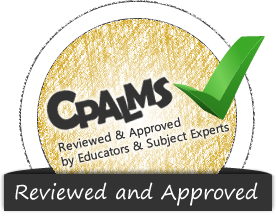Please sign in to access this resource
Click here to sign in
as a FL public educator Student
Access the resource on
FloridaStudents.org
Not a Florida public school educator?
Access this resourceon CPALMS.com
General Information
Aligned Standards
This vetted resource aligns to concepts or skills in these benchmarks.Related Videos

Did you hear? Science methods are always changing to help us learn about the world around us.
Download the CPALMS Perspectives video student note taking guide.

Dr. Bill McShea from the Smithsonian Institution discusses how camera trapping allows him to study elusive organisms he might not otherwise be able to find.
This video was created in collaboration with the Okaloosa County SCIENCE Partnership, including the Smithsonian Institution and Harvard University.
Download the CPALMS Perspectives video student note taking guide.

Listen as this modern-day bird researcher paints a picture of how naturalists conducted research in the past.
Produced with funding from the Florida Division of Cultural Affairs.
Download the CPALMS Perspectives video student note taking guide.

Ecologist Rebecca Means discusses the use of statistical sampling and comparative studies in field biology.

Find out how math and technology can help you (try to) get away from civilization.
Download the CPALMS Perspectives video student note taking guide.

Hands-on modeling can help build process and observational skills. Encourage your students to think like scientists with this open-inquiry lab modeling earthquake damage to buildings.
Download the CPALMS Perspectives video student note taking guide.

Charlotte Sjunneskog, curator of the Antarctic Research Facility, discusses the aspects of the cores that are collected and what researchers are looking for in the samples.
Download the CPALMS Perspectives video student note taking guide.

Charlotte Sjunneskog, currator of the Antarctic Reasearch Facility, discusses the ocean sediment cores that are collected and what scientists look for in these samples.
Download the CPALMS Perspectives video student note taking guide.

F-15 Experimental Test Pilot discusses the importance of the iterative process of collecting data, analyzing data and communicating the findings when developing aircraft for the United States Air Force.
Download the CPALMS Perspectives video student note taking guide.

In this video, science teacher Susan Cullum describes the impact of field research experiences on classroom teaching practices.
This research is made possible by a grant from the Gulf of Mexico Research Initiative (GoMRI/C-IMAGE II).
This research is made possible by a grant from the NOAA Gulf of Mexico BWET program.
Download the CPALMS Perspectives video student note taking guide.
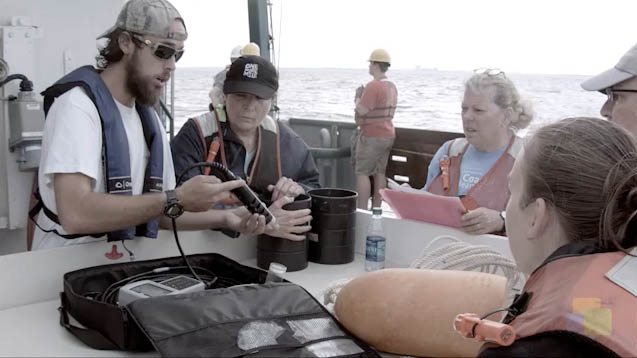
Listen as science teacher Lauren Watson explains how marine field experiences are translated for the classroom.
This research is made possible by a grant from the Gulf of Mexico Research Initiative (GoMRI/C-IMAGE II).
This research is made possible by a grant from the NOAA Gulf of Mexico BWET program.
Download the CPALMS Perspectives video student note taking guide.
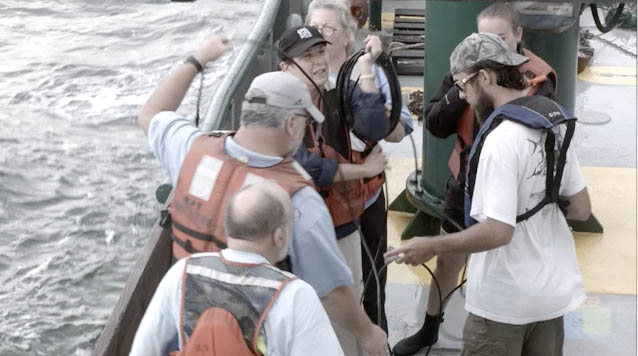
Listen as science teacher Patty Smukall recounts past and present marine field experiences and how they affect teaching practices back in the classroom.
This research is made possible by a grant from the Gulf of Mexico Research Initiative (GoMRI/C-IMAGE II).
This research is made possible by a grant from the NOAA Gulf of Mexico BWET program.
Download the CPALMS Perspectives video student note taking guide.
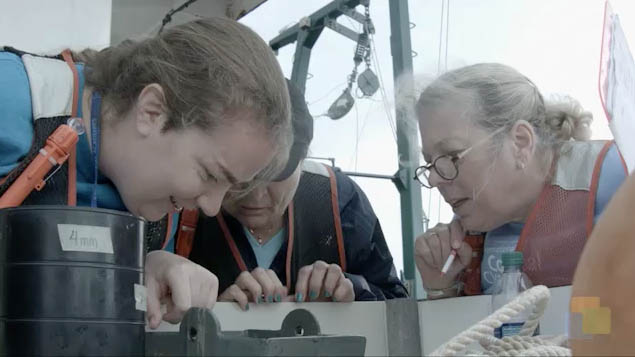
In this video, Angela Lodge describes the value of hands-on experiences gained from field research for transforming both teachers and their classroom practices.
This research is made possible by a grant from the Gulf of Mexico Research Initiative (GoMRI/C-IMAGE II).
This research is made possible by a grant from the NOAA Gulf of Mexico BWET program.
Download the CPALMS Perspectives video student note taking guide.
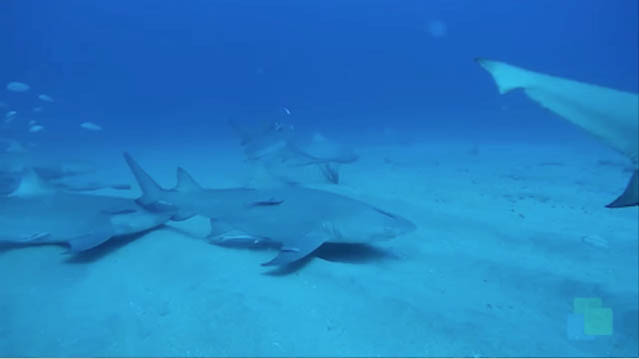
Fish Ecologist, Dean Grubbs, discusses how using statistical sampling can help determine legal catch rates for fish that may be endangered.
Download the CPALMS Perspectives video student note taking guide.
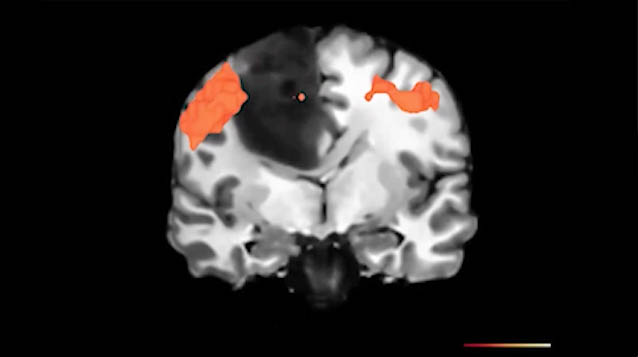
Jens Foell discusses how statistical noise reduction is used in fMRI brain imaging to be able to determine which specifics parts of the brain are related to certain activities and how this relates to patients that suffer from phantom limb pain.

Field experiences are powerful and capable of improving teachers' ability to impact students in the classroom. Watch as USF Outreach Coordinator Teresa Greely explains the experiences offered to teachers through the NOAA Bay Watershed Education and Training (B-WET) program.
This research is made possible by a grant from the Gulf of Mexico Research Initiative (GoMRI/C-IMAGE II).
This research is made possible by a grant from the NOAA Gulf of Mexico BWET program.
Download the CPALMS Perspectives video student note taking guide.

Researchers Frank Johnson, Richard Bertram, Wei Wu, and Rick Hyson explore the necessity of scientific and mathematical collaboration in modern neuroscience, as it relates to their NSF research on birdsong.
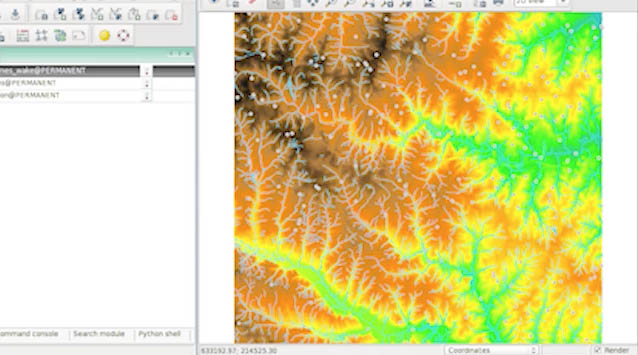
Ecologist, Rebecca Means, describes the process of determining remote locations in the USA and developing quantitative questions that are appropriate.
Download the CPALMS Perspectives video student note taking guide.

Want an unforgettable field trip led by a real scientist where your students get hands-on experience with collecting population data? Consider the "" educational program from Remote Footprints.
Download the CPALMS Perspectives video student note taking guide.

Sometimes scientists conduct a census, too! Learn how population sampling can help monitor the progress of an ecological restoration project.

Dr. Bill McShea from the Smithsonian Institution discusses sampling and inference in the study of wildlife populations.
This video was created in collaboration with the Okaloosa County SCIENCE Partnership, including the Smithsonian Institution and Harvard University.

Statistical analysis played an essential role in using microgravity sensors to determine location of caves in Wakulla County.
Download the CPALMS Perspectives video student note taking guide.

The tide is high! How can we statistically prove there is a relationship between the tides on the Gulf Coast and in a fresh water spring 20 miles from each other?
Download the CPALMS Perspectives video student note taking guide.

This ecologist from the Coastal Plains Institute discusses sampling techniques that are used to gather data to make statistical inferences about amphibian populations in the wetlands of the Apalachicola National Forest.

How do scientists collect information from the world? They sample it! Learn how scientists take samples of phytoplankton not only to monitor their populations, but also to make inferences about the rest of the ecosystem!

It's impossible to count every animal in a park, but with statistics and some engineering, biologists can come up with a good estimate.

Deep sea shark researcher, Chip Cotton, discusses the need for a Power Analysis to determine the critical sample size in order to make inferences on how oil spills affect shark populations.
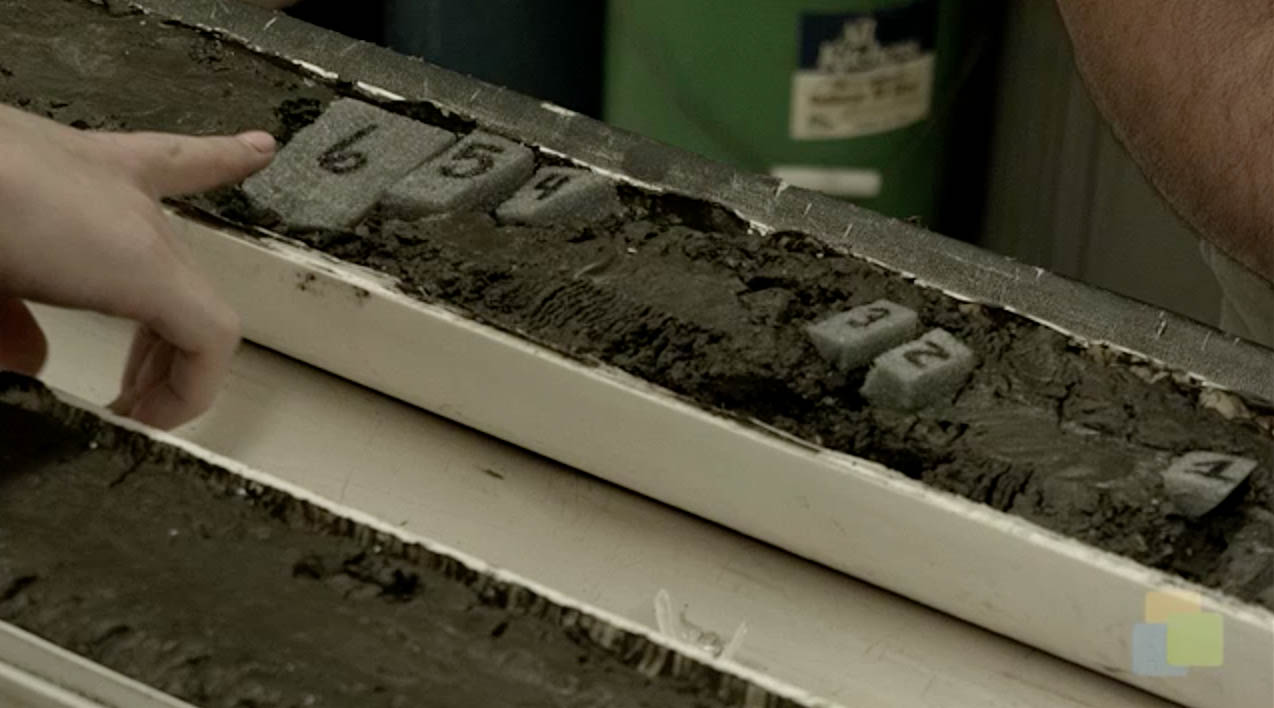
Eugene Domack, a geological oceanographer, describes how sediment cores are collected and used to estimate rates of ice sheet movement in Antarctica. Video funded by NSF grant #: OCE-1502753.
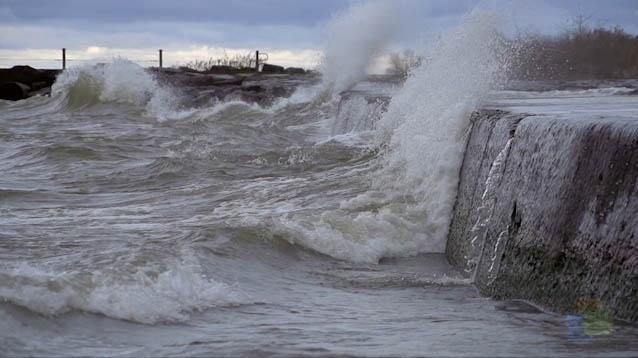
Entrepreneur and meteorologist Mark Powell discusses the need for statistics in his mathematical modeling program to help better understand hurricanes.

NOAA Scientist Doug Devries discusses the differences between fishery independent surveys and fishery independent surveys. Discussion includes trap sampling as well as camera sampling. Using graphs to show changes in population of red snapper.

Underwater sampling with cameras has made fishery management more accurate for NOAA scientists.
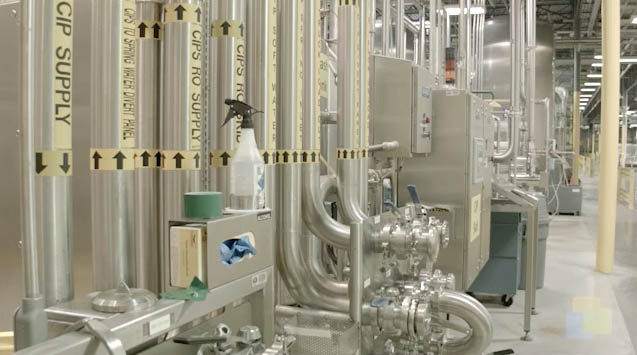
Hydrogeologist from Nestle Waters discusses the importance of statistical tests in monitoring sustainability and in maintaining consistent water quality in bottled water.
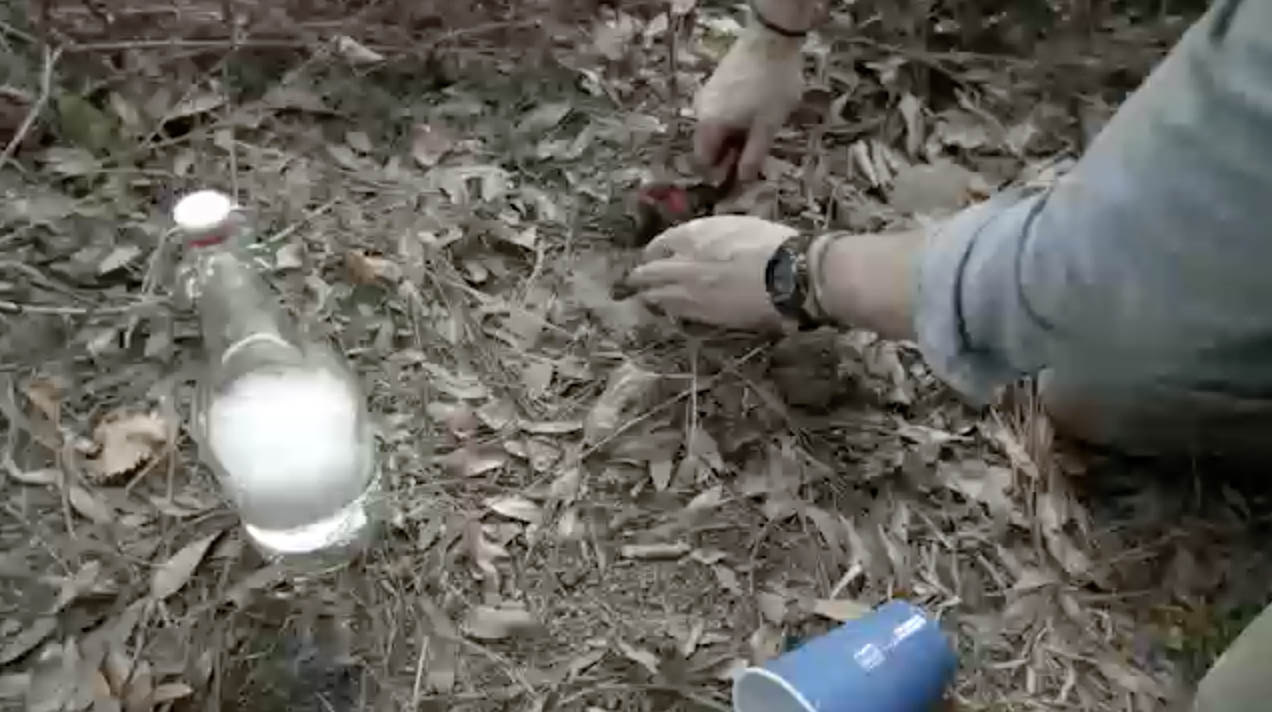
Patrick Milligan shares a teaching idea for collecting insect samples.
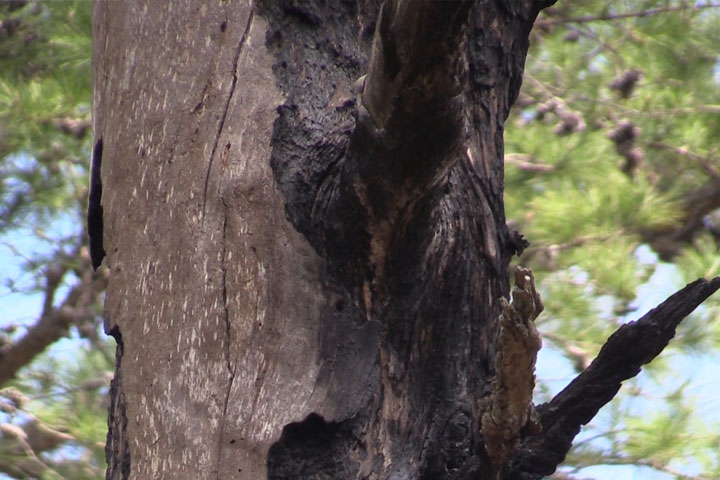
In this video, Jim Cox describes a sampling method for estimating the density of dead trees in a forest ecosystem.
Download the CPALMS Perspectives video student note taking guide.

Math - the secret ingredient for an excellent cup of coffee!
Download the CPALMS Perspectives video student note taking guide.

Calorie-dense foods can power the human body across the ocean? Feel the burn.
Related Resources:
KROS Pacific Ocean Kayak Journey: GPS Data Set[.XLSX]
KROS Pacific Ocean Kayak Journey: Path Visualization for Google Earth[.KML]
Download the CPALMS Perspectives video student note taking guide.

Ceramic glaze recipes are fluid and not set in stone, but can only be formulated consistently with a good understanding of math!

Get fired up as you learn more about ceramic glaze recipes and mathematical units.
![Cpalms [Logo]](/images/cpalms_color.png)




